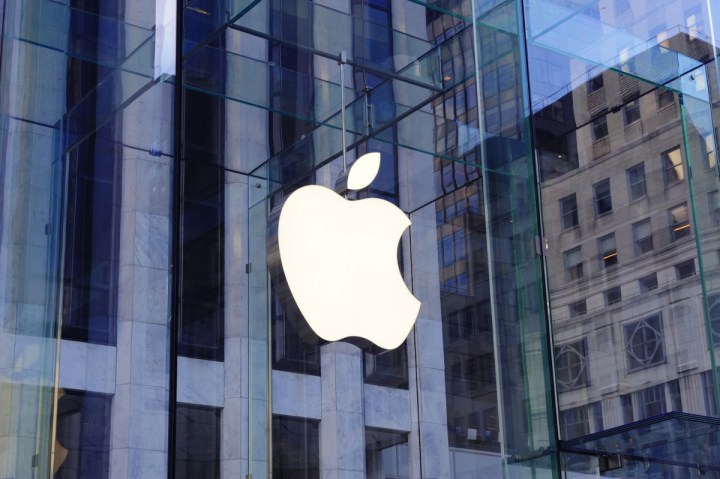
According to a patent originally discovered by Apple Insider, it appears as though the tech giant is looking to build a mobile device “with an exceedingly flexible display.” The U.S. Patent and Trademark Office on Thursday published a filing for “Electronic Devices With Soft Input-Output Components,” which delves into the idea of fitting LCD or OLED panels into products featuring a bendable design.

As Apple Insider explains, Apple’s proposal includes a flexible input-output display featuring integrated sensors and haptic feedback mechanisms, which would be comprised of a mesh-esque elastomeric substrate layer. Traditionally, these displays have been made from a sheet of plastic. But Apple wants to place the light-emitting components like LEDs, micro-LEDs, and OLEDs, as well as the input mechanisms and conductive traces, in a grid shape that will allow for more flexibility.
To make it truly bendable, Apple will need to thin out or completely eliminate the underlying polymer substrate layer, and instead keep only the mesh-like structure with individual “electrical units” or “islands.” Sensors such as “touch sensors, force sensors, temperature sensors, accelerometers, and other sensors, and vibrators or other devices for providing haptic feedback” could be added to the stretchable screen, which undermines the need for any sort of top bezels. So the future is not only flexible, but flat as well.

So what would the advantages of a bending screen be? For one, the flip phones of days past could make a resurgence, but with a full-sized screen. Alternatively, we might one day be able to wear our phones around our wrist.
Of course, it’s still unclear as to whether or not Apple will move forward with this design, but it’s certainly some interesting food for thought for us to chew on in the meantime.
Editors' Recommendations
- Nomad’s new iPhone case and Apple Watch band may be its coolest yet
- Here’s how Apple could change your iPhone forever
- Do AirTags work with Android phones?
- We now know when Apple is adding RCS to the iPhone
- iOS 18 could make my iPhone look like Android, and I hate it


